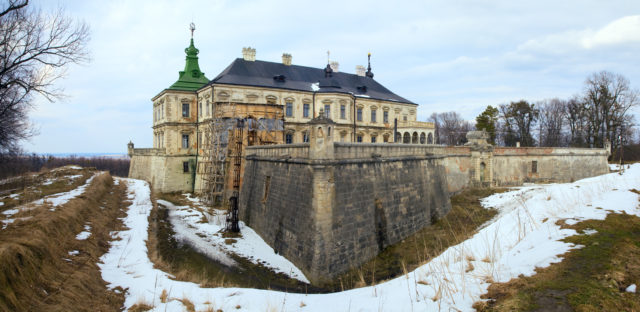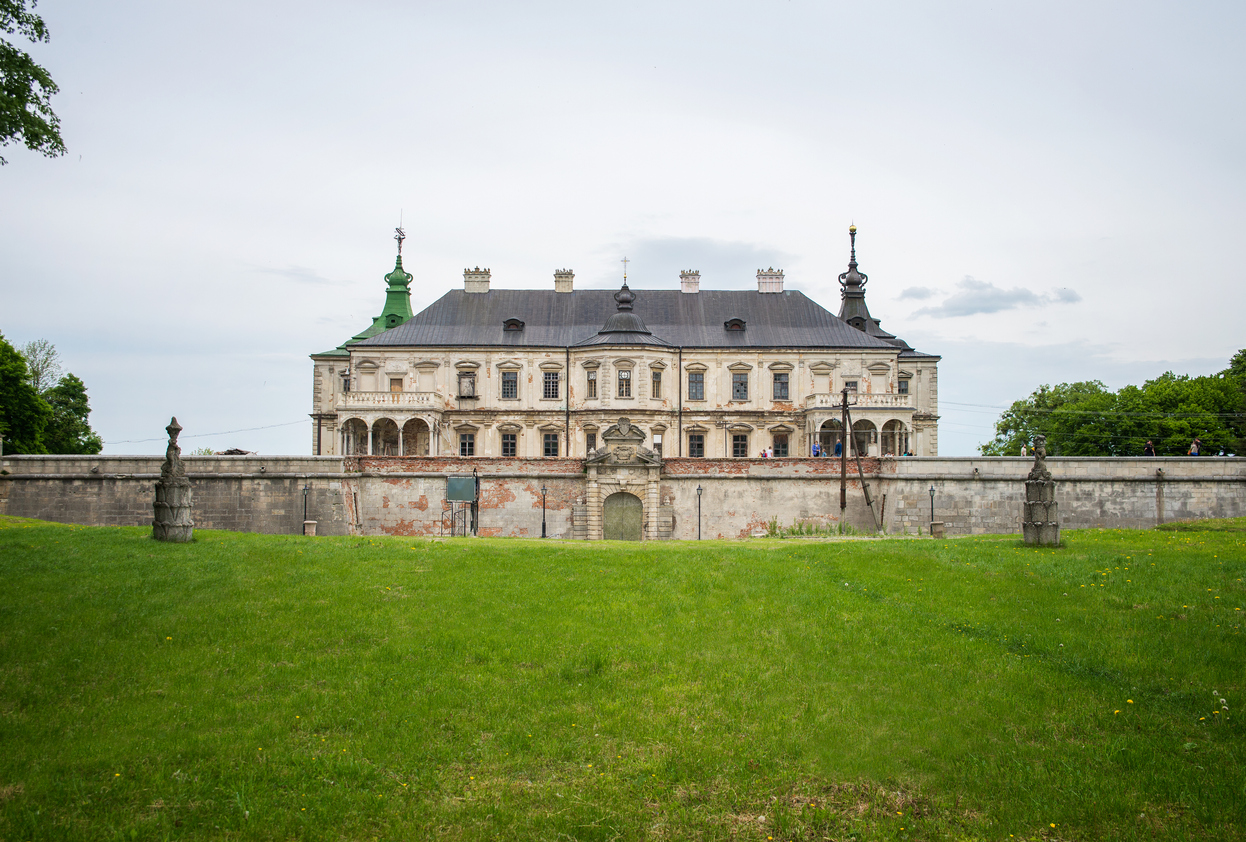One of the most visited castles in Ukraine is Pidhirtsi Castle, located in the Lviv region adjacent to the village of Pidhirtsi. The village itself is small, covering an area of only about 2.5 square kilometers (just under one square mile).
Initially, the Podgoretsky family, who owned this land around 1530, built a defensive yard surrounded by a wall of large boulders. However, it wasn’t until 1633, when Stanisław Koniecpolski bought the land, that there were any plans to build a castle there.
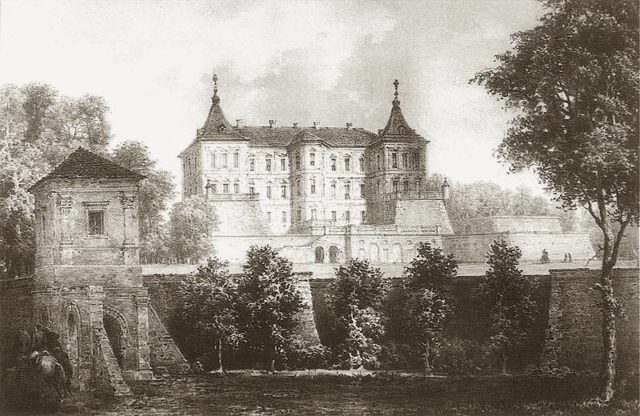
Koniecpolski was a crown hetman, an influential military leader second only to the king, but he wanted somewhere away from military campaigns where he could rest. Around the same time, several other castle buildings were being constructed in the region for defensive purposes, but Pidhirtsi Castle was to be a personal residence.
Koniecpolski chose a site on the northern side of the Woroniaki hills, overlooking the Styr River valley, and handed the project over to the famous fortification architect, Andrea del Agua.
With the assistance of an engineer named Guillaume Le Vasseur de Beauplan, construction was carried out from 1935 to 1940. Pidhirtsi Castle was a two-story square building with a moat around it and defensive fortifications on each side. Entrance to the castle was through a large arch with two columns.
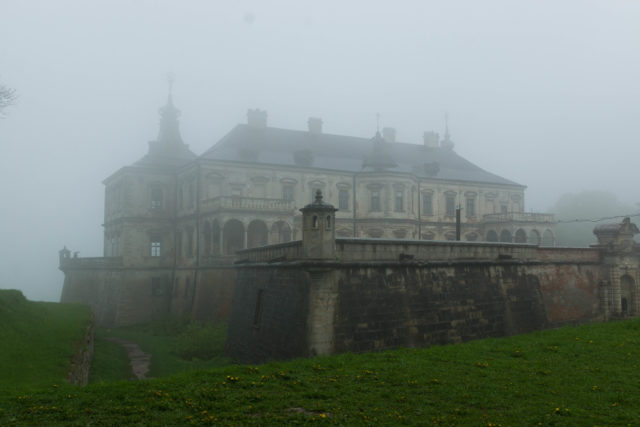
Due to its recreational nature, the castle had Italian gardens and two churches as well as a park full of spacious flower terraces, fountains, vineyards, and sculptures. In addition, the decor of the castle’s facade and interiors were created by Italian craftsmen using expensive woods, black marble, and gilding.
The numerous rooms inside, all based on the Western European style, were given different names. For example, Crimson, Knight’s, Mirror, Gold, and Green rooms. The names referred either to the Turkish fabrics that might be found on the walls and furniture or to whatever was stored inside those rooms.
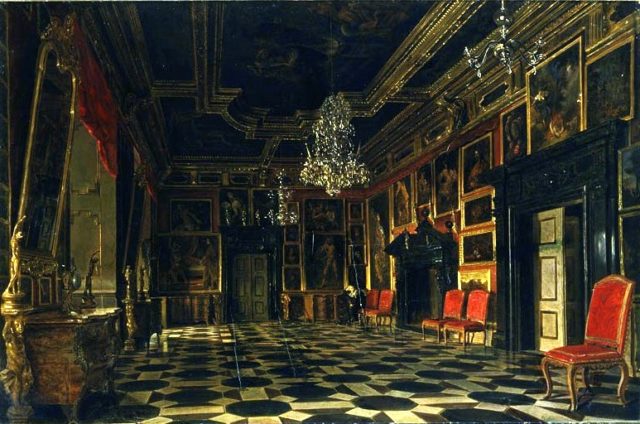
In the 1640s, the Pidhirtsi Castle often received titled guests. However, during that time, the village was invaded by the Cossacks on several occasions, and the beautiful gardens, as well as the castle itself, suffered greatly during these hostilities.
In 1656, the grandson of the crown hetman decided to undertake the restoration of the castle. When he passed away without heirs, the estate transferred to the family of King Jan III Sobieski.
Now that it was a royal castle, restoration work was begun in earnest and continued until 1680. Sadly, after Jan Sobieski passed away, the new owners rarely visited the castle. Instead, stewards were appointed, and sometimes the building was rented out.
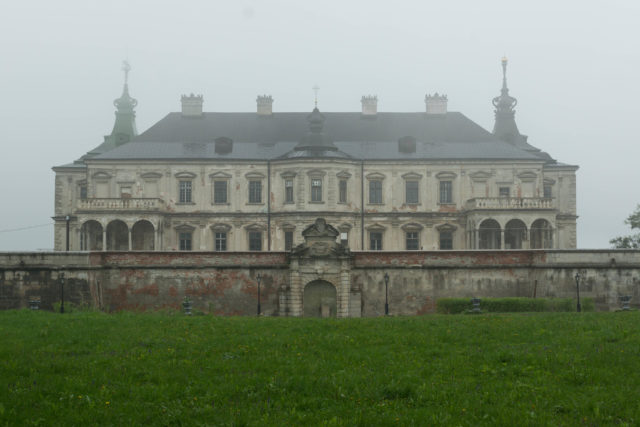
In 1720, the castle was bought by Stanislaw Rzewuski. He was a collector of books, weapons, and paintings who decided to house his precious collections in the castle. In addition, he also opened a theater there.
Eight years later, his son began a large-scale reconstruction of the castle, which included adding additional levels to make the castle three-stories high. The shape of the roof was also changed and the interiors of the castle were updated to reflect the modern style of the time. A library was also created.
After the division of the commonwealth, the castle passed into the hands of the Austrian authorities. The castle was plundered and the collections of the previous owners were put up for sale in public auctions. The copper cladding on the roof and the stone slabs on the bastions disappeared at the same time.
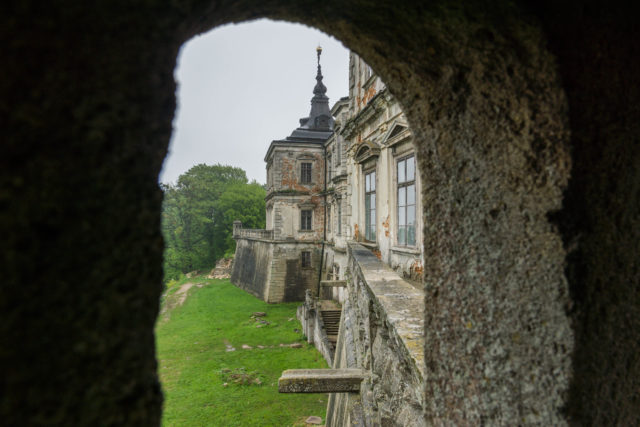
In 1787, Severin Rzewuski managed to purchase the castle. However, he was not interested in its restoration, so the building gradually fell into decline at the mercy of bad weather and negligent managers.
In 1831, the owner of the castle passed away. Two years later, Leon Rzewuski moved to the castle and was engaged in the restoration and preservation of the ancient building. Worried about the fact he had no heirs, Leon bequeathed the castle to Prince Vladislav Sanguszko on the condition that he would continue the restoration.
From 1867 to 1903, costly restoration work was undertaken. During this period, the castle was presentable enough to host receptions and celebrations, with guests including famous artists who captured Pidhirtsi Castle in their paintings.
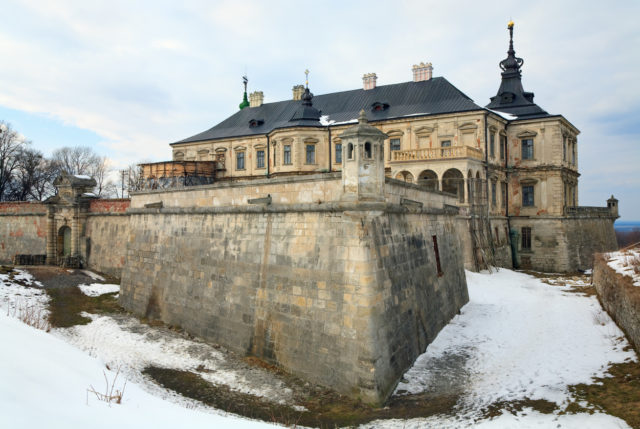
In 1894, when the Sanguszko family were the owners, a private museum in the castle was opened.
The First World War broke out, and the castle was badly damaged due to its proximity to the front line. After the war, prince Roman Sanguszko recognized the threat of both the Nazis and the Soviets, and he managed to transport part of the castle’s collections to Brazil and Romania before emigrating.
In 1940, a branch of the Lviv Historical Museum opened within the castle. Sadly, during the Second World War, the castle was badly damaged, and many museum exhibits were lost.
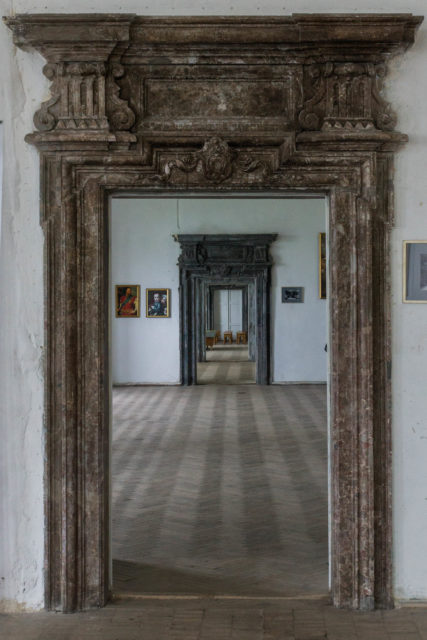
In 1947, the castle museum ceased to exist, and two years later a sanatorium for tuberculosis patients was opened instead. For this purpose, Pidhirtsi Castle was re-equipped, the premises were re-organized, and many outbuildings were built in the park.
Sadly, in 1956, a large fire in the castle that burned for three weeks destroyed most of the inside. Sources don’t agree whether the sanitorium was closed for good after that or whether some form of medical institution continued until the 1990s. In any event, the castle became a branch of the Lviv National Art Gallery in 1997.
What is certain though is that, during the 1960s and 1980s, several historical movies were filmed at the castle. For example, scenes from the Soviet films D’Artanyan and the Three Musketeers and The Wild Hunt of King Stakh were shot here. After that, the castle’s popularity began to grow and it was considered a local landmark.
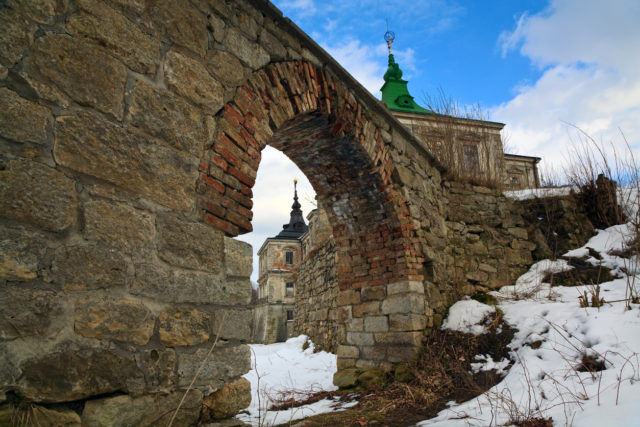
A fund for the restoration and revival of Pidhirtsi Castle was established in 1997. Currently, students of the Lviv Polytechnic University and the Vienna Polytechnic Institute are engaged in restoring this remarkable building to its former glory. However, it will be a long road, and less than half of the necessary work has been completed.
Another Article From Us: Rays Hill Tunnel – Abandoned Pennsylvania Turnpike
Some of the photographs of the amazing castle were provided by Taras Lysetskyi. Thank you for allowing us to include them in our article. Taras runs his own Flickr account, where he shares beautiful images of nature, traveling, and other interesting places. Check out his work via this link.
